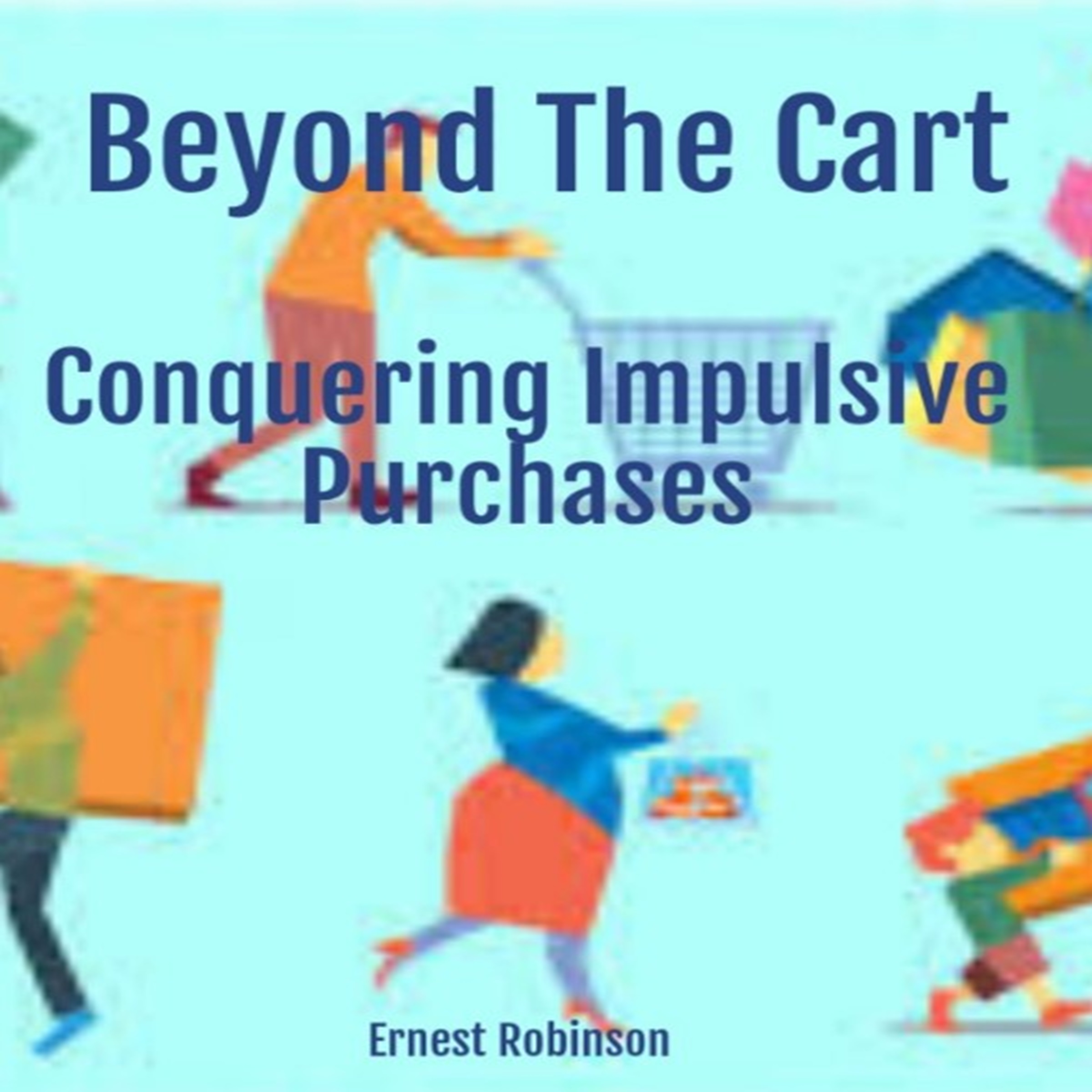
Impulse purchases are often the result of complex psychological triggers that can bypass rational decision-making processes. Understanding the psychology behind these spontaneous buying behaviors is crucial for individuals looking to take control of their finances and curb unnecessary spending. Factors such as emotional states, environmental cues, and cognitive biases play significant roles in why consumers may find themselves making unplanned purchases, often leading to buyer's remorse. One of the primary psychological drivers of impulse buying is emotional response. People often turn to shopping as a way to alleviate stress, boredom, or sadness. The act of purchasing can provide a temporary sense of happiness or fulllment, creating a cycle where individuals associate shopping with emotional relief. This phenomenon is known as "retail therapy." When faced with negative emotions, consumers may find themselves gravitating toward products that promise instant gratification, leading to impulsive decisions that may not align with their long-term financial goals.
Environmental factors, such as store layout, product placement, and marketing tactics, also heavily influence impulse buying behavior. Retailers are well aware of the psychological impact of their strategies and often design stores to encourage spontaneous purchases.
For instance, placing high-margin items near checkout counters or using attractive displays can create a sense of urgency or desire, prompting consumers to buy on a whim. Awareness of these tactics can empower shoppers to navigate retail environments more
mindfully, reducing the likelihood of succumbing to impulsive buying triggers.